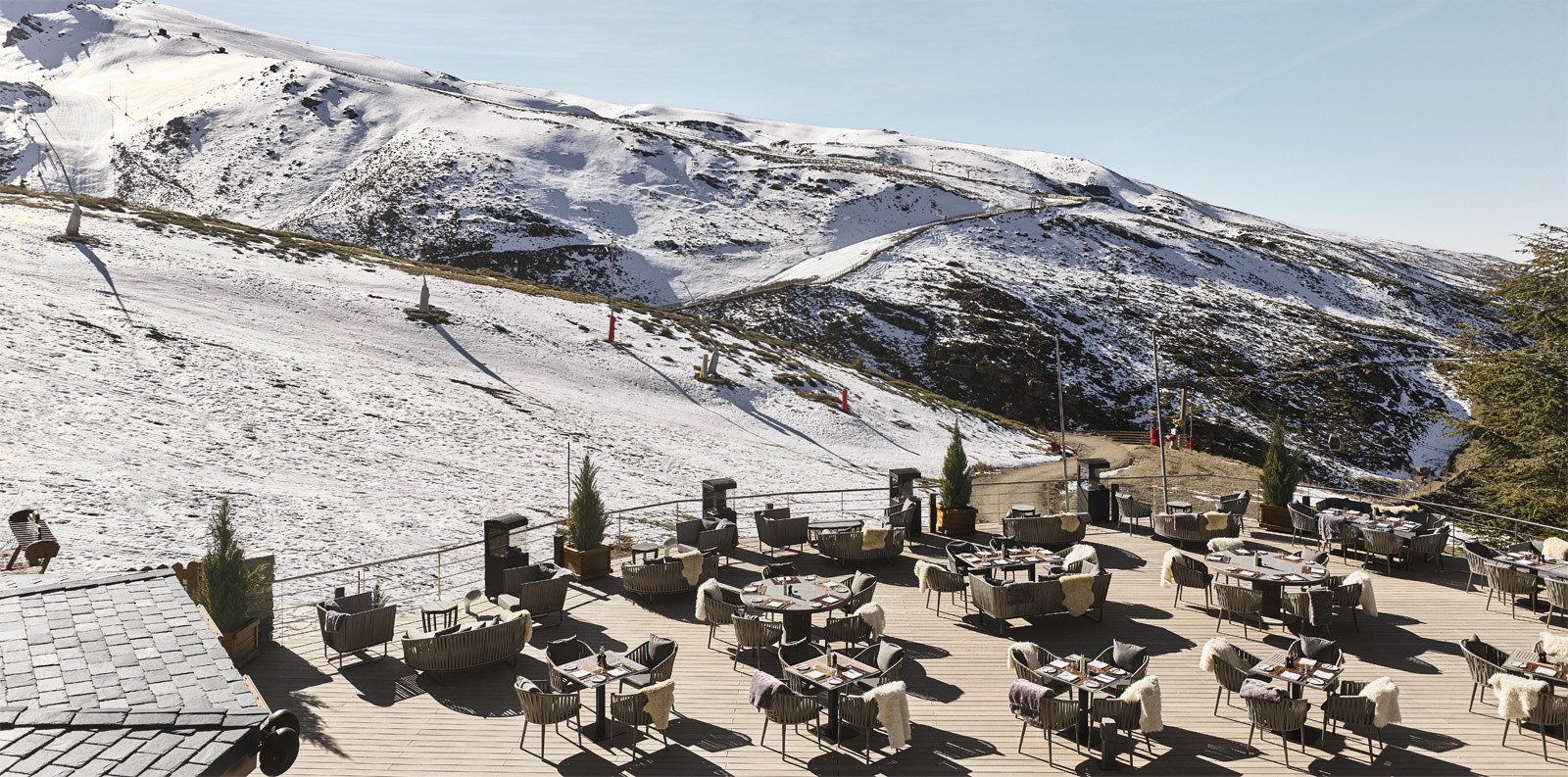How does ski length affect performance?
Expert skiers will be the first to tell you that the length and shape of your skis is of the upmost importance. But for beginners, it can be all too easy to end up with skis that are inappropriate for the purpose – leading to potential incidents or, at best, a miserable time out on the slopes!
So, how do you go about ensuring your skis are the right type for you? Today our ski experts shed some light on this important matter.
Where do you start in choosing your ski length?
The general rule of thumb is that your ski length should measure somewhere between your chin and the top of your head. The longer the skis, generally the more experienced you are.
Your height and weight are two important factors when picking ski length, but there’s more to it than that, such as your experience level.
Which ski length is best for a beginner skier?
Like we said, your height and weight will be taken when you’re being sized for a set of skis, but you will also be asked to provide more information on your experience level.
Typically, shorter skis are most suitable for those who are still learning the ropes as they:
- Travel slower
- Allow you to turn quicker
- Have no rocker
Whisk ski length is best for an advanced skier?
If you’re an adrenaline junkie on the slopes with a lot of experience under your belt, you may want to opt for a longer ski which can:
- Travel much faster
- Support a greater weight
- Work well on off-trail skiing
- Has a lot of rocker
What about choosing a ski shape?
Ski shapes are another important factor to be considered when picking the right skis for you, so let’s get familiar with some popular ski shape terms.
- Rocker/Reverse Camber – sounds confusing, but these two words (used interchangeably but pretty much the same thing) refer to the slight curve that lifts the back end, or front (or even both) of the ski upwards. These lifted elements help the ski to push out from the snow easier and delivers extra power to the snow contact points. Essentially, it makes it easier to turn and lets you ‘float’ along the surface of the snow with greater ease.
- Sidecut – this refers to the “hour-glass” shape of the ski that gives it that appealing curviness. It’s this that gives your ski that all important turning radius. The deeper the curve, the tighter the turn.
- Tip & Tail – there are other more minor factors to consider when it comes to the shape of your ski such as whether you want a blunt nose, pin tail, flat tail or tapering. These all impact on how you will perform on the snow and picking the right combination to suit the length and shape of your ski is important.
Still unsure? Ask the experts!
Here at our Sierra Nevada ski resort, we offer Prêt-à-Porter Equipment Hire, so if you’re worrying about getting your ski size and shape correct – worry no more! Our experts can help you to find the perfect ski to compliment your preferences and experience level, leaving you to enjoy the pistes in confidence!


